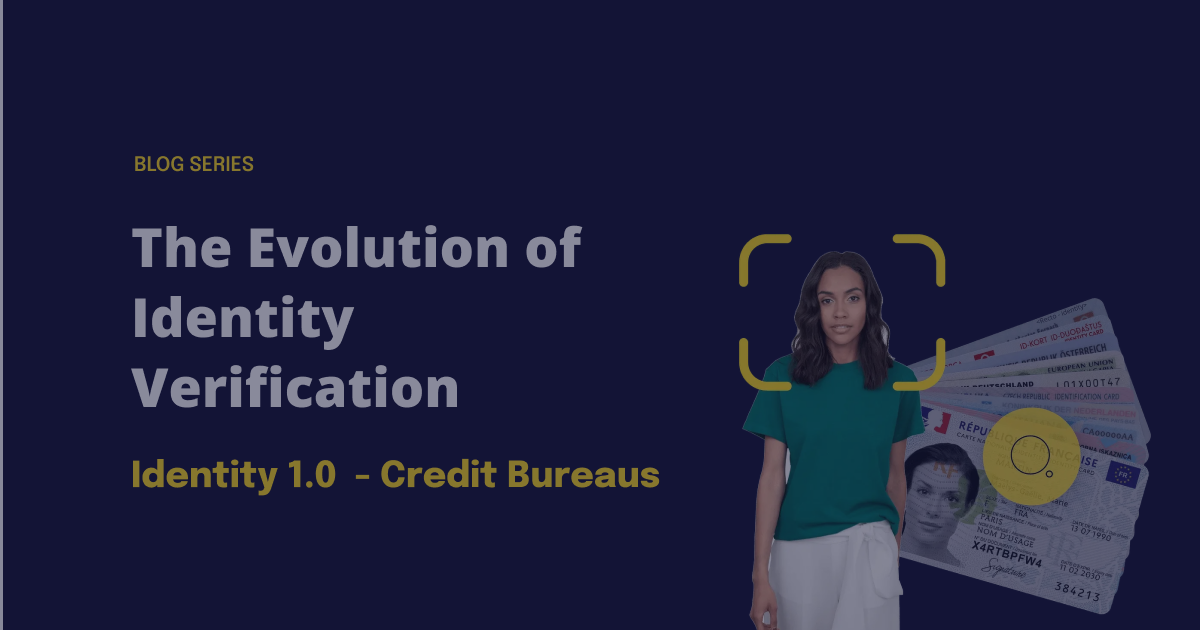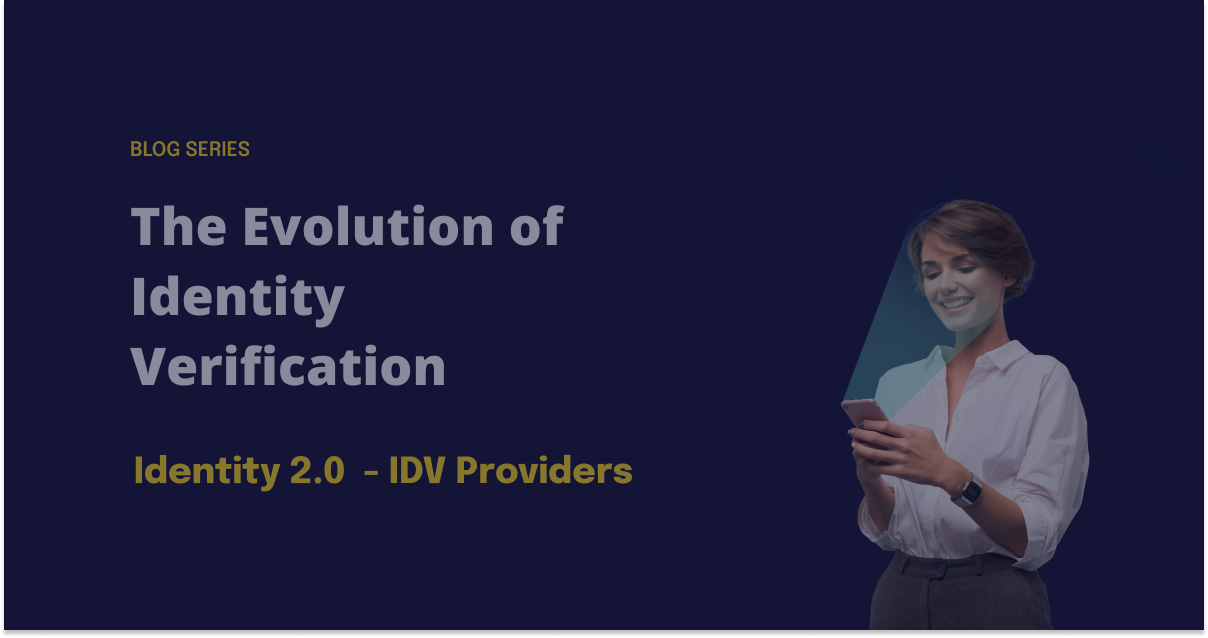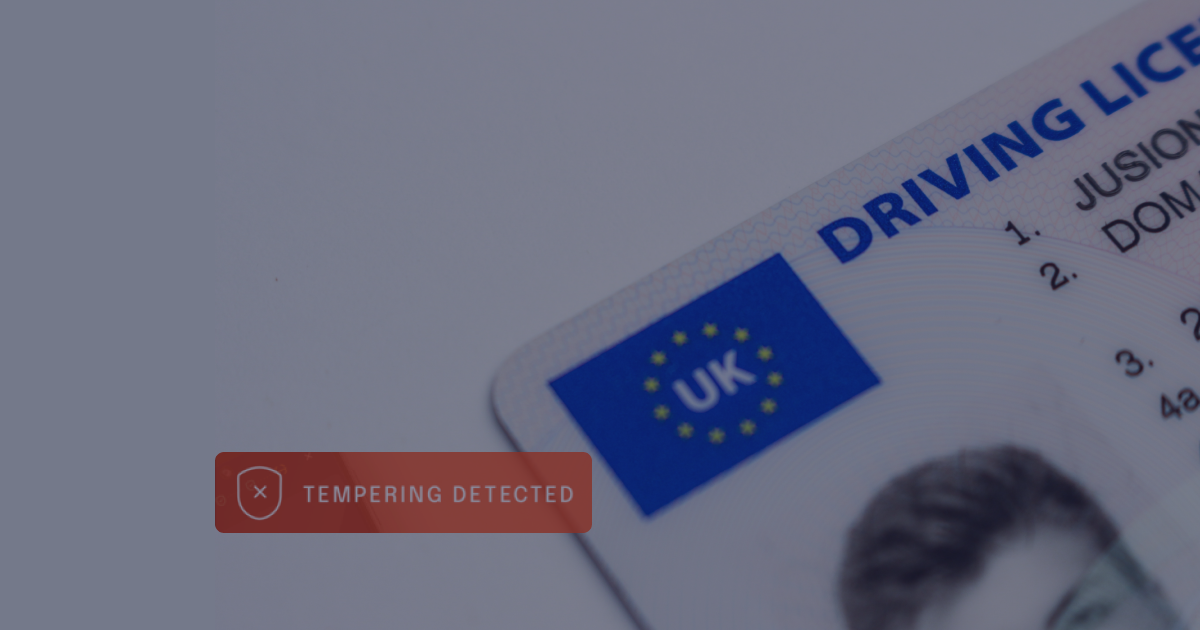From Identity 1.0, which relied on traditional credit bureaus, to the innovations brought by Identity 2.0 with biometric and computer vision technologies, we now stand on the cusp of a new era: Identity 3.0. In this landscape, the focal points are not just verification and validation, but also profound considerations of data privacy, individualized control, and the unequivocal ownership of one's identity data.
As we navigate this intricate landscape, we uncover new dimensions that redefine the very essence of identity verification. So what is the Identity 3.0 and what does it look like?
Identity 3.0
Identity 3.0 transcends traditional methods of identification by prioritizing user autonomy, privacy, and decentralization. Unlike previous models that depended on third parties for verification, Identity 3.0 focuses on empowering individuals with control over their digital identities.
Identity 3.0 offers significant benefits such as:
-
User Control: Users have complete control over their personal data and who can access it.
-
Interoperability: Allows for smooth interaction between various systems and sectors.
-
Security: Enhanced security through decentralized protocols.
-
Transparency: Clear rules and protocols about how personal data is used and accessed.

Reusable SSI
Self-Sovereign Identity (SSI) refers to a concept where individuals or organizations have sole ownership over their digital identities without relying on any centralized registry. They control how, when, and to whom their identity data is revealed. Utilizing self-sovereign identity, users can access a mobile app where their identity information is stored, subsequently employing an identification number and identity information to verify who they are.
In the era of SSI, managing identities will be more user-centric. Users can store their identity on their devices and share it with services that require authentication. It is reusable across various platforms, reducing the need for repeated verifications.
What are its Benefits?
-
Efficiency: No need to create multiple usernames and passwords.
-
Privacy: Users decide what information to share and with whom.
-
Security: Prevents common attacks to personal data, such as breaches as personal data is not stored on centralized servers.
Data Privacy, Control, and Ownership in Identity 3.0 Era
The essence of Identity 3.0 is the shift towards a more privacy-centric model where individuals have true ownership over their personal information. It is aligned with the growing societal demand for privacy, transparency, and control over personal data.
-
Data Privacy: Encrypted data storage and selective sharing ensure privacy.
-
Control: Individuals decide who can access their data and under what circumstances.
-
Ownership: People own their personal data, not corporations or governments.
Conclusion
Identity 3.0 represents a monumental shift in the way we think about and manage our digital identities. By embracing SSI, prioritizing user control, and focusing on data privacy, we are moving towards a future where our digital selves are unique, secure, and sovereign as our physical selves.
The era of Identity 3.0 is not a distant dream but a tangible reality that promises to reshape our digital interactions, making them more personalized, secure, and humane. It is a future we should all look forward to and actively work towards.
Interested in seeing Trustmatic in action? Request a demo or contact us.
.webp)


